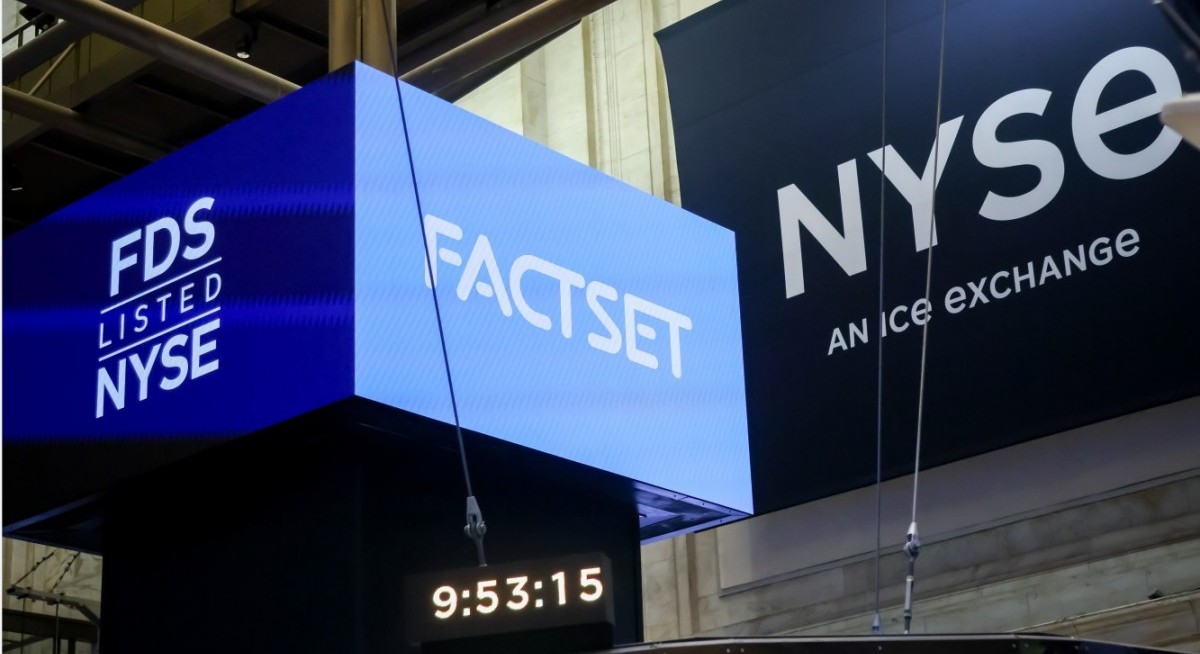Although headlines have been around the Dow Jones Industrial Average’s new highs, signs are emerging of fatigue from a different index and different market gauges for the US. Meanwhile, Singapore equities gain relative strength.
The yield on the 10-year US treasuries was at 4.13% as at Nov 14. The chart shows a downtrend, with the 10-year treasury yield forming a minor base. It has already moved up above its 50-day moving average at 4.08%.
The top of the minor base formation is at 4.20%, a level that coincides with the declining 100-day moving average. The best that market participants can hope for is a retreat to 4.05%. A break below this level would be good for equities and REITs.
However, indicators suggest strength and resilience, which implies further gains in the 10-year yield. A break above 4.20% looks like the scenario with the greater likelihood.
Quarterly momentum and 21-day RSI have both shown clear positive divergences with then 10-year yield. In the meantime, directional movement indicators are turning positive with the DIs positively placed, and ADX turning up.
See also: Trump trade triggers US market sell-off; STI escapes the worst for now
In the meantime, the chart of the S&P 500 Index (SPX) looks increasingly fatigued. Both quarterly momentum and 21-day RSI remain above their equilibrium lines. 21-day RSI has been above its equilibrium line since mid-April, and quarterly momentum since early June.
Fluctuating above the equilibrium line is a sign of a bull market. There are no overwhelming signs signalling that they will fall below their equilibrium lines. However, both indicators have formed negative divergences with the SPX.
The main support is at around 6,500, a level that coincides with the 100-day moving average at 6,520.
See also: STI breaks out of twice tested resistance but S&P 500 looks ready to rest
The SPX closed at 6,737 on Nov 13. The all-time high of 6,920 was reached on Oct 29.
The Straits Times Index (STI) closed at 4,538.56, up 46 points week-on-week. The high was 4,575 on Nov 13.
It must be said that the STI is probably in a different part of the global equity cycle than the SPX and may well gain strength against the SPX. Of course, the US is the largest, most liquid market globally, accounting for some 70% of global market capitalisation. As such, it would naturally outperform other markets over a long period.
Still, the STI could strengthen as the SPX weakens. Directional movement remains neutral to positive, and the DIs are positively placed. 21-day RSI is near the top end of its range but it hasn’t shown signs of breaking down.
As a short-term oscillator, it has the potential to remain at a higher level for a long period of time.
Quarterly momentum appears less robust but it isn’t near breakdown yet. Hence, the STI could get to 5,000 before a major correction.




